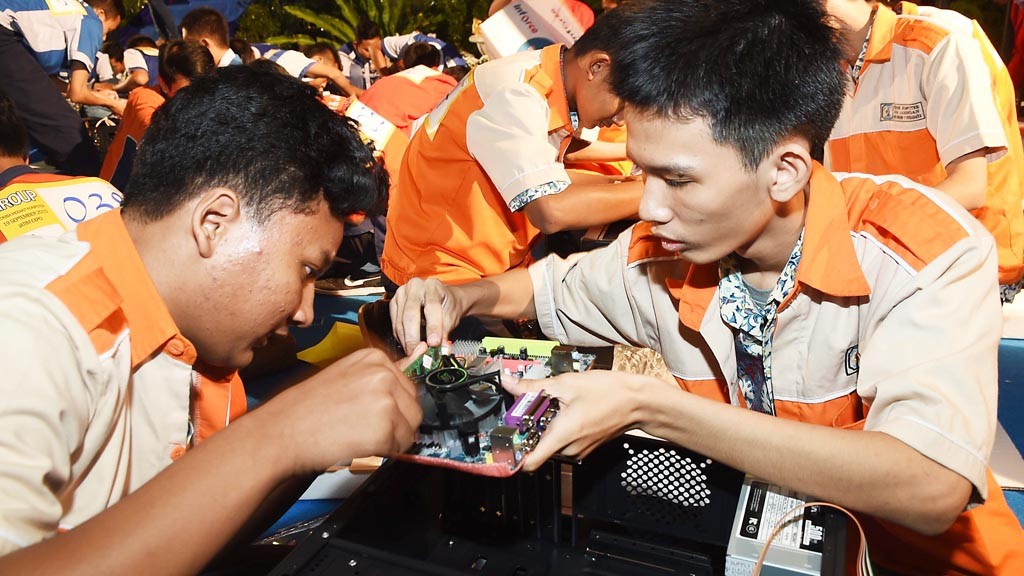Popular Reads
Top Results
Can't find what you're looking for?
View all search resultsPopular Reads
Top Results
Can't find what you're looking for?
View all search resultsVocational education needs bold reform
In the last several years, the country has seen an uncontrolled explosion of private vocational schools, for which the provincial administration had failed to carry out a proper feasibility study regarding demand and better quality schools that met at least the minimum educational standards.
Change text size
Gift Premium Articles
to Anyone
W
est Java Governor Ridwal Kamil was unable to hide his disappointment over the province’s high unemployment rate. In fact, the latest figures from Statistics Indonesia (BPS) showed that open unemployment in the province had declined from 8.16 percent in 2018 to 7.73 percent in 2019, primarily due to the affirmative measures of the West Java education office; yet it was still the highest among other provinces.
More disappointingly, many of the unemployed are graduates of vocational schools, which are supposed to produce highly skilled workers. What went wrong?
In the last several years, the country has seen an uncontrolled explosion of private vocational schools, for which the provincial administration had failed to carry out a proper feasibility study regarding demand and better quality schools that met at least the minimum educational standards.
To date, the country has 10,576 private vocational schools and 3,581 public vocational schools, but fewer students attend private vocational schools. One private vocational school even had only 50 enrolled students. The figures point to how the private sector indiscriminately built numerous vocational schools only to lure students, taking both the students’ money and the government subsidy, but failed to deliver high quality teaching and produce a large number of skilled graduates to be absorbed by industries.
In response, the central government has launched a revitalization program to fix the acute problems in vocational education by, among other measures, mapping the needs of industries, facilitating productive rapport between vocational schools and relevant industries, providing additional training to teachers and empowering selected vocational schools.
It is also overhauling education facilities like laboratories, primarily at vocational schools that provide engineering, tourism, maritime, creative industry and agribusiness programs.
In addition, the government has been improving its teaching factory program along three lines. First, the program is offered on campus as part of the academic system. Second, the program is offered as an off-campus practicum for students and is not part of the academic system. Third, the program can be offered as a special practicum, either on- or off-campus.

















